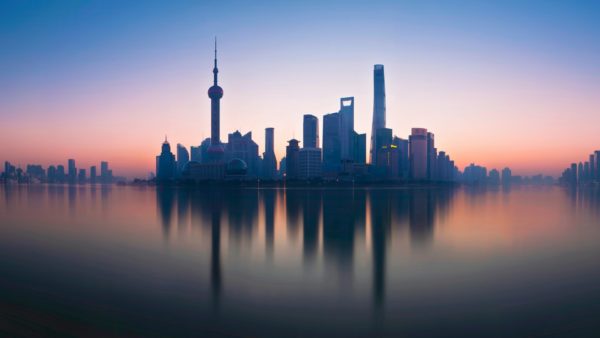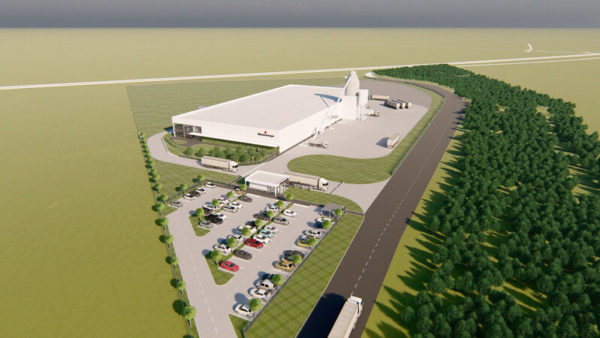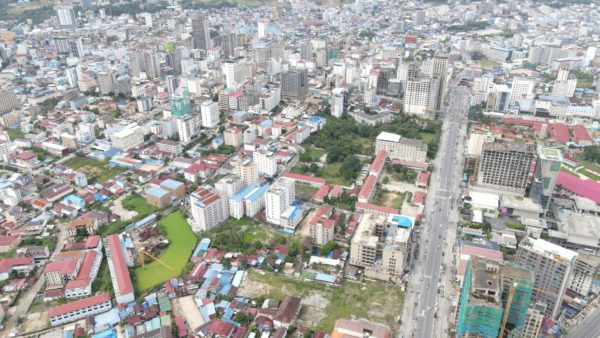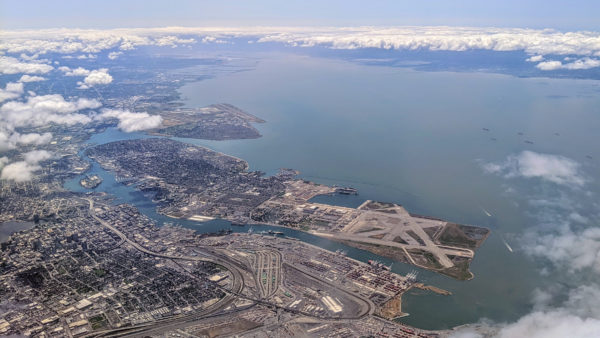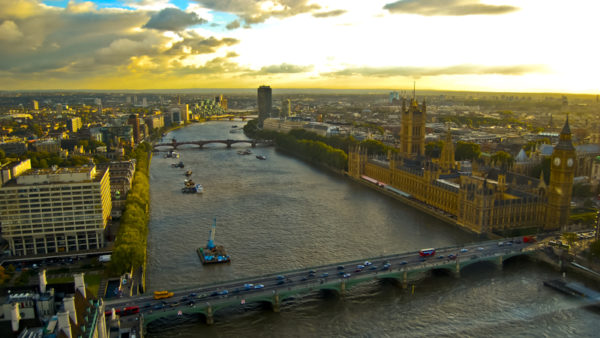China is exploring the possibility of using a supercomputer to design an entire city before it is built.
The idea is a major theoretical extension of building information modelling, or BIM, which offers developers the ability to digitally model individual buildings before construction starts.
The concept has been popularised by the popular "SIMCity" game (pictured) but a proposal for a real life CIM city – CIM for city information modelling – has now been put forward by Meng Xiangfei, the head of the applications department of China’s National Supercomputer Centre in Tianjin.Â
Meng told the People’s Daily Online that the Tianhe-1A supercomputer could digitise the planning, design, construction and property management of all the buildings within a city. This means that the materials used to construct it can be specified and costed by the computer’s design software before any of them are built.
Meng said: "Big data-based modelling of a subway project has already been used, and it has been shown that it can reduce construction costs by up to 20%."
Tianhe-1A, which was the fastest computer in the world until July 2011, is able to make 2,500 trillion calculations per second. It cost $88m to build, and uses $20m worth of electricity a year. Â
Supercomputers are generally employed to solve problems with lots of interacting parts – known to mathematicians as "many body problems".Â
These are situations in which changes in one elements leads to changes in others, and require a huge number of calculations to track, such as the evolution of weather systems, aircraft design and cartoon rendering.Â
Urban environments offer a number of natural supercomputer problems, such as traffic flows and the distribution of energy around a smart grid.Â
This also makes existing cities suitable cases for the supercomputer treatment. In July, the Chinese government signed a 10-year agreement with IBM as part of its "Green Horizon" initiative. This aims to use computers to tackle problems in three areas: air quality management, renewable energy forecasting and energy optimisation for industry.Â
One urgent problem is air pollution in Beijing: in February of this year the Shanghai Academy of Social Sciences declared the capital to be "barely livable" as particulate readings rose to 15 times the daily maximum recommended by the World Health Organisation.Â
The Beijing Municipal Government has asked IBM to work out solutions to this problem, and IBM has said it will use its most advanced technologies to tackle the issue, including cognitive computing, optical sensors and the internet of things, and drawing on the company’s experience of weather prediction and climate modelling.
As part of the initiative, scientists plan to create real-time maps at street-scale to model the dispersion of pollutants across Beijing.Â
Tao Wang, resident scholar in the Energy and Climate Program at Carnegie-Tsinghua Center for Global Policy, told Baseline Magazine: "This project will provide Beijing with a much better understanding of how pollution is produced and spread across the city, so the government can address it more effectively."





